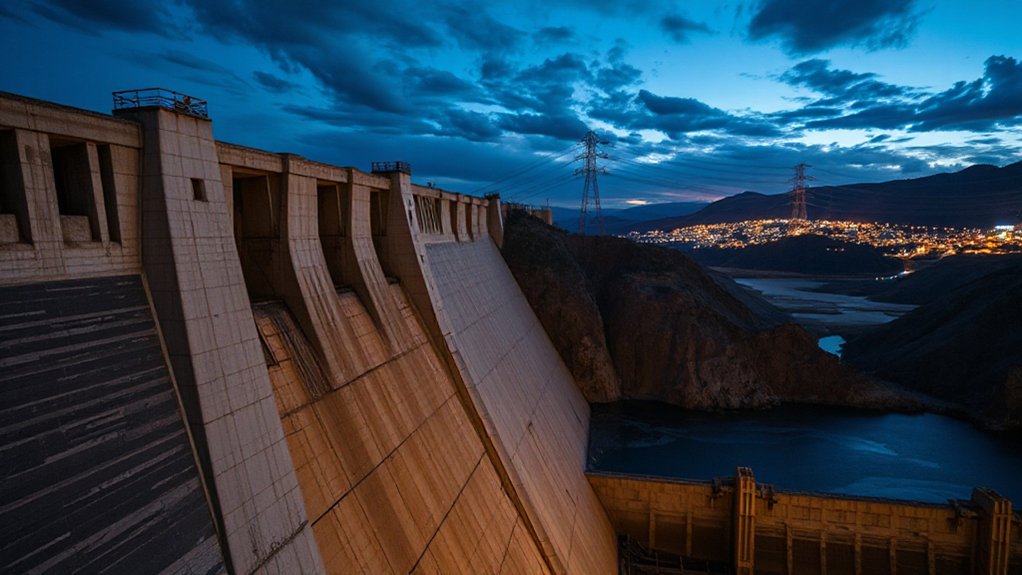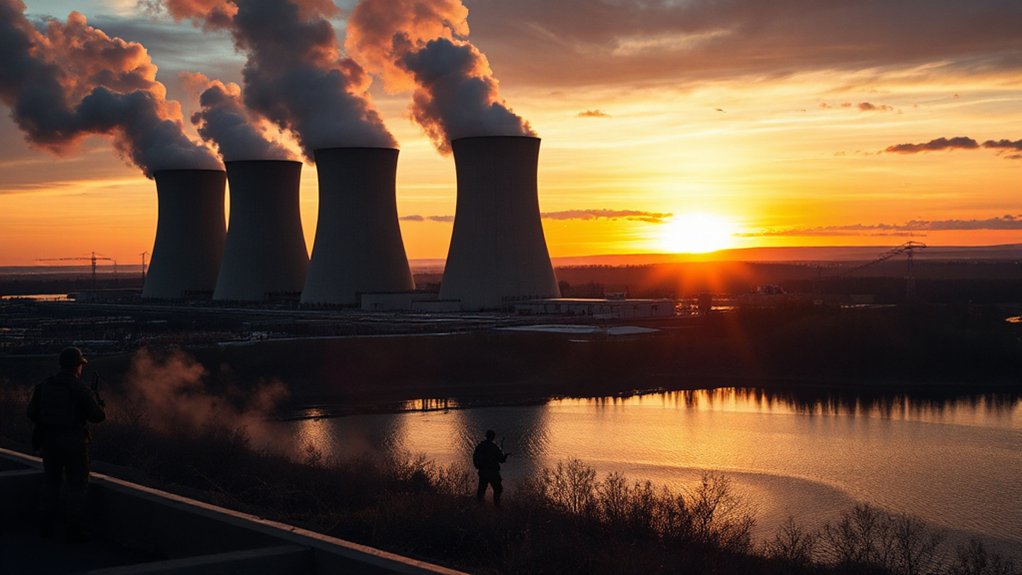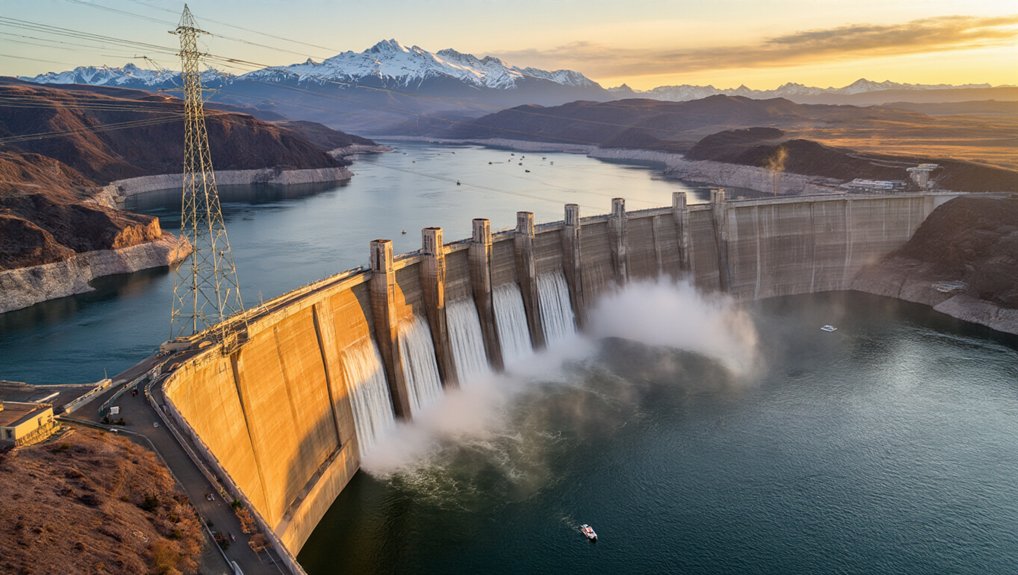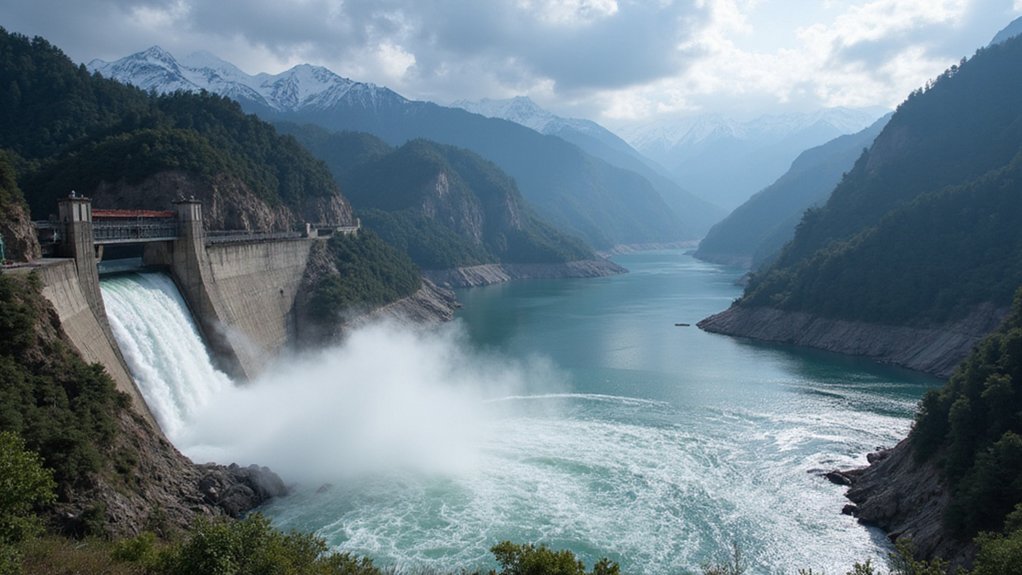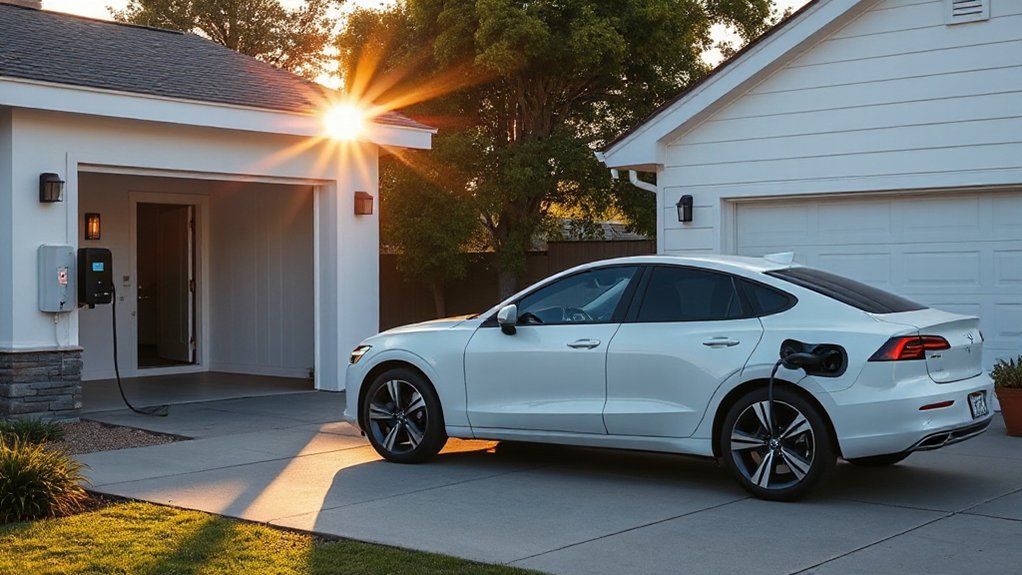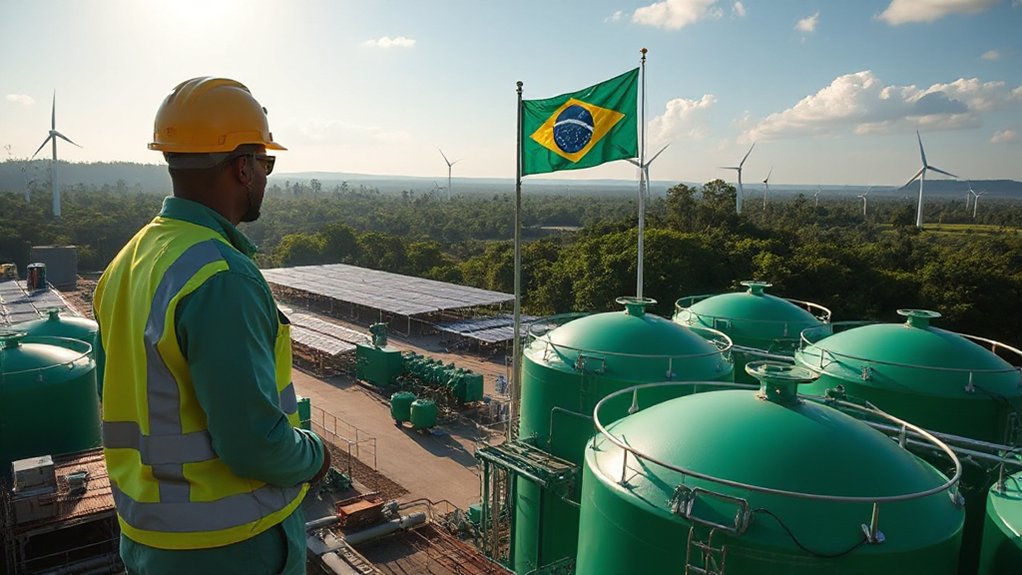While hydropower once seemed like the perfect renewable energy solution, its golden era is rapidly fading into history. The numbers tell the story. Annual dam construction has plummeted from about 1,500 in the late 1970s to a measly 50 in 2020. Money’s drying up too—investments nosedived from $26 billion in 2017 to just $8 billion in 2022. Turns out, we’ve already dammed most of the good spots. Solar power installation costs have dropped dramatically, making it more economically competitive with utility-scale solar now at cost parity with hydropower at 4.8 cents per kilowatt-hour.
It gets worse. Those dams we built decades ago? They’re not keeping up. A shocking 80% of U.S. hydropower plants have been losing efficiency since 1980. The decline is substantial, with capacity factors decreasing at a median rate of -2.6% per decade. We’re fundamentally losing a Hoover Dam‘s worth of generation every few years. And no, it’s not just because there’s less water. Something’s fundamentally breaking down in our aging hydro fleet.
Climate change is kicking dams while they’re down. Europe’s worst drought in 500 years. China’s worst in six decades. Global hydropower generation dropped about 5% in 2023 alone. China, once the hydro champion, accounted for three-quarters of the global decline. Ouch.
Meanwhile, our dams are getting old and cranky. Reservoirs are silting up, expected to lose another 10% of their capacity by 2050. Maintenance costs are through the roof. Regulations make upgrades a bureaucratic nightmare. Who knew massive concrete structures wouldn’t last forever?
The geography problem is simple: we’ve already built on most of the good spots. The remaining sites? Remote, inaccessible, and expensive. China’s dam-building frenzy has slowed to a trickle, with 90% of new capacity coming from just two mega-projects. Companies like Enel Green Power are pivoting to diversify their renewable portfolios with smart grid technologies that can better accommodate intermittent energy sources.
The irony is painful. Just as climate change makes renewable energy more urgent, our premier renewable source is failing us. Those majestic concrete giants that once symbolized progress and clean energy are increasingly becoming monuments to an overly optimistic past. For hydropower, the future looks about as bright as a reservoir during a record drought.
References
- https://e360.yale.edu/features/hydropower-dams-energy-decline
- https://www.nature.com/articles/s41467-024-49553-x
- https://www.weforum.org/stories/2023/11/hydroelectricity-generation-falls-droughts-climate-change/
- https://www.irena.org/Energy-Transition/Technology/Hydropower
- https://energynews.pro/en/global-hydropower-rebounds-from-historic-decline/
- https://earth.org/pros-and-cons-of-hydroelectric-energy/
- https://www.ren21.net/gsr-2024/modules/energy_supply/02_market_and_industry_trends/05_hydropower/
